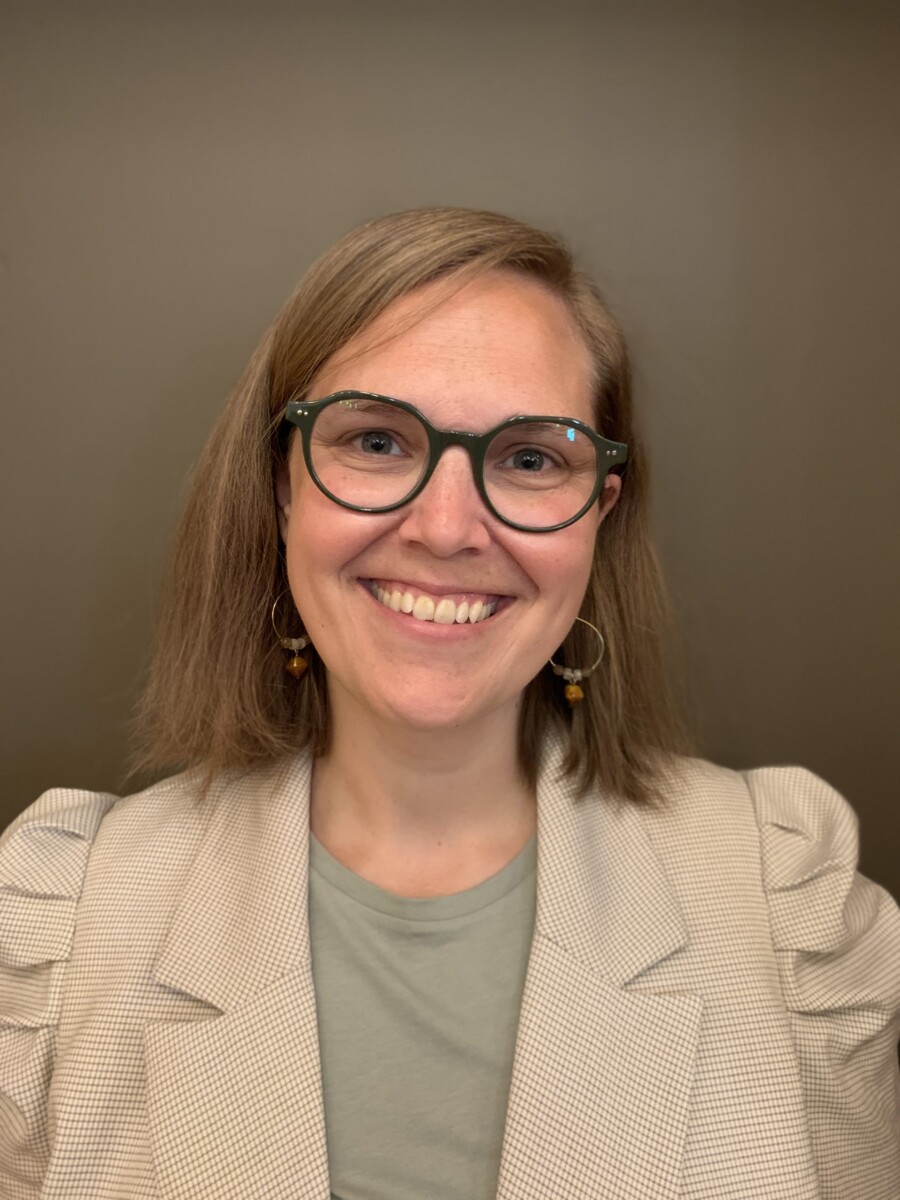A few weeks ago I wrote about how my hope had gotten lost in the physical and how I needed a new narrative. This week I want to explore with you a paradox about hope—that though it cannot be in the physical, it must become physical for it to be real.
Spiritual knowledge must have a solid lasting strength in you. It is not something to be enjoyed occasionally, as happens with those who do not work for it, who only know of it from what others tell them or whose acquaintance with it is, so to speak, like that of some fragrance in the air. It is something to be hidden, perceived, and felt in one’s innards.
John Cassian (Conferences, 14.13)
John Cassian wrote these words in the early fifth century and is venerated in both the Eastern and Western Christian tradition. Here he speaks the wisdom of God: that hope is something that must be deeply within us, made our own, part of our physical being, “felt in one’s innards.”
I find it quite compelling that God models hope to us through creation. From heavens that declare the glory of God (Psalm 19) to trees of the field clapping their hands and mountains breaking forth in song (Isaiah 55), among beasts who can teach us the works of the Lord (Job 12) and rocks which cry out if we stay silent (Luke 19), all of creation is eagerly anticipating Christ’s return with hope (Romans 8).
Then, there’s the fact that God came and inhabited the crown of God’s handiwork: the human being. He literally made our innards his innards, our skin his skin, breathed as we breathe, felt as we feel. The second person of the Trinity incarnated (and all that entails in Jesus Christ’s life, death, resurrection and ascension) is our foundation of hope.
Scripture’s “Christ in you” is the preposition of hope becoming physical, entering our “bowels,” to use a seventeenth-century term for the seat of human emotion– not just our heads but also our “hearts.” If the Scriptures were written today, they might talk of our hope being felt in our nervous system (half of which is below the neck), maybe even becoming automatic and an integral part of our physical existence.
But this does not happen without some work on our part, and our physical selves can develop an autopilot all of its own. I learned this lesson in a pain management program for people suffering from chronic conditions. We learned that one of the awful things that happens when you suffer chronically is that your brain decides to take shortcuts and begins to skip the all-important processing step of deciding what kind of message it’s getting. Instead, it just assumes it’s a pain message, producing a vicious pain loop that we don’t even know is happening inside of ourselves.
But, we are not without hope! It is possible to “rewire” and build new neural pathways in our nervous system through both thought exercises and physical sensation. In other words, embodied learning along with mental reflection can help us teach our body to “show up” differently.
Do you know the best ways of rewiring your nervous system? Along with deep breathing and laughter, expressing gratitude—not just thinking about it, but writing it down, saying it out loud, especially to someone else, making thankfulness physical—is the most effective way to build new neural pathways, to bring calm and well-being to the slothfulness and ensuing chaos in the nervous system.
Being physically thankful is the best gift you can give yourself for nervous system health. Now get this… second only to the command do not be afraid, the most often repeated exhortation in Scripture is some version of be thankful. We literally learn God’s design for physical thankfulness from both general and special revelation.
What does gratitude have to do with hope and living the true? It is my firm conviction that when we embody hope we also embody our thankfulness towards God. That when we make our thankfulness physical, we are expressing our hope that God and God’s work is not yet done on this earth. That making hope physical is not the same as hoping in physical things, but proclaiming the goodness and glory of God this very moment in word and deed; bravely protesting against the sloth, darkness, chaos and principalities of this world that there is a truer reality of peace coming into being, even already here.
If we don’t do it, creation will take up the song. Hope will be made real and physical, one way or another. It is the way of God.
Photo: in Nordfjordeid, Norway, taken by the author.



